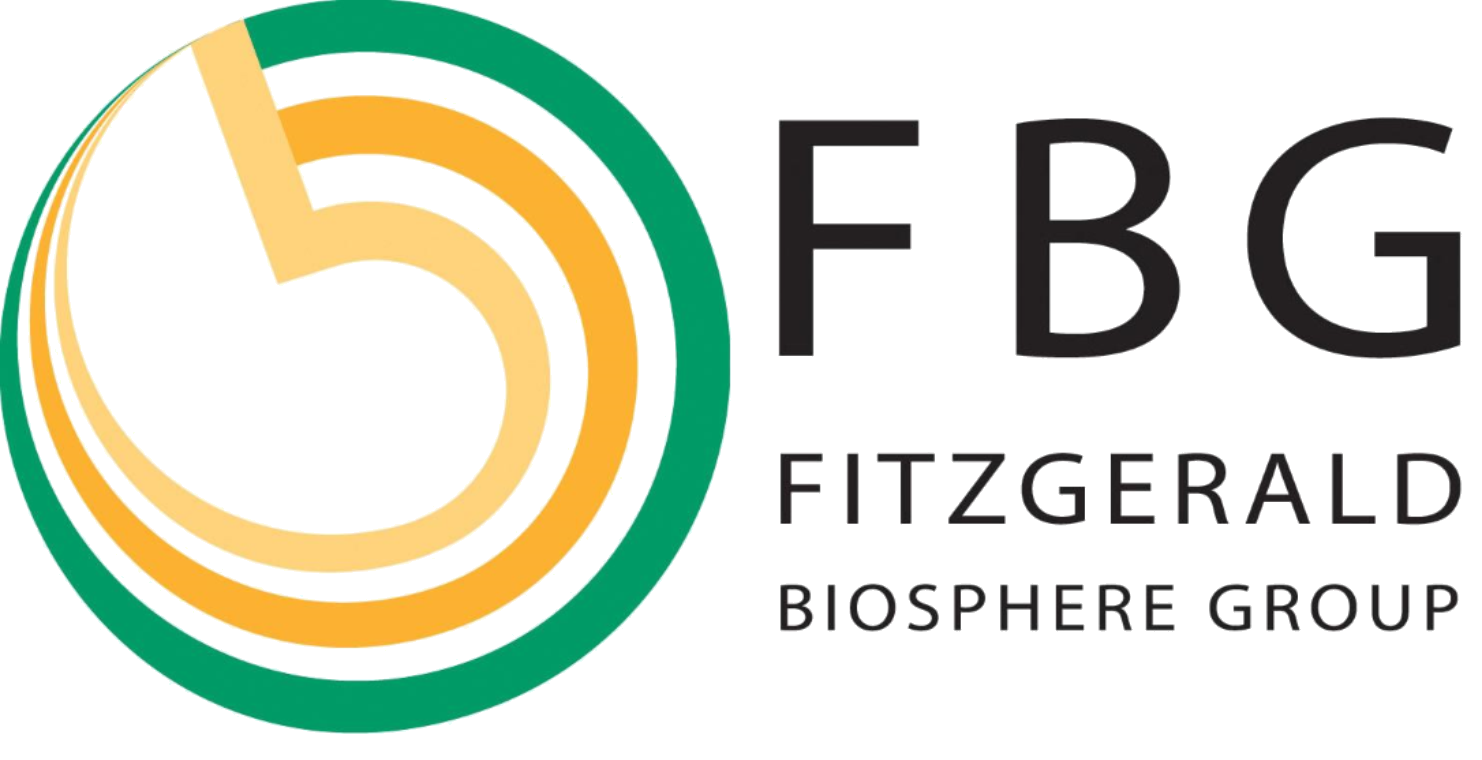Protecting EPBC Species and Coastal Environments and Improving Soil Health
Timeframe: July 2013 – June 2015
Funding source: Caring for our Country (Federal funding devolved through South Coast NRM)
Project coordinators: Georgina Griffiths, Anne Sparrow
Summary
This over-arching project consisted of three sub-projects.
Sub-project 1: Protecting South Coast ecosystems: Recovery, threat abatement and connectivity actions for EPBC listed species.
This sub-project focused on the protection of habitat for Malleefowl and Carnabys Black Cockatoo on farming land. Activities consisted of fencing remnants, revegetating with native species and the publication of a local revegetation guide.
Subproject 2: Southern Soils – Best practice for sustainable soils in the South Coast of WA.
The focus of this sub-project was supporting farmers in the Jerramungup Shire to manage soil erosion. Activities included fencing of land vulnerable to wind and water erosion, the establishment of a demonstration site for fodder revegetation, production of a fact sheet using local sites where mitigation strategies had been employed and a range of workshops and field days.
Subproject 3: Restoring and Protecting Coastal Environments and Urban Waterways in the South Coast of WA.
The activities in this sub-project took place in Bremer Bay in an area known as the Green Belt, in collaboration with one of the FBG’s two subgroups: Friends of Wellstead Estuary Plus. Activities included monitoring of wildlife and feral animal activity using motion sensitive cameras, bird, vegetation and Dieback surveys, management of Victorian (Coastal) Tea Tree infestations, a range of community awareness programs, remnant fencing and revegetation.
Project details and outcomes
Sub-project 1: Protecting South Coast ecosystems: Recovery, threat abatement and connectivity actions for EPBC listed species.
Outputs:
Fourteen landholders completed 20 km of fencing, resulting in 591.4 ha of remnant vegetation being protected.
Two landholders planted 15 ha of revegetation to increase habitats and improve connectivity to remnant vegetation.
Publication of the Simple Systems for Revegetation and Native Forage in the Upper Gairdner River Catchment Guide (author: Nathan McQuoid).
Workshops included:
annual community fox shoots,
1080 accreditation courses
environmental awareness activities with the Jerramungup District High School.
Subproject 2: Southern Soils – Best practice for sustainable soils in the South Coast of WA. The focus of this project was supporting farmers in the Jerramungup Shire to manage soil erosion.
Outputs:
Seven landholders completed 20 ha of fencing, resulting in 200 ha of land being protected.
Sites on six properties were used to demonstrate successful protection of vulnerable soil from wind erosion through revegetation and the use of shelter belts. A fact sheet was produced to show how practice change had reduced soil and nutrient loss and wind and water erosion, and improved water quality on these properties.
A 35 ha site trialling native fodder revegetation as a means of managing marginal land that was susceptible to erosion was established.
Workshops included:
More Crop Less Weeds Sustainability Day at which the Australian Herbicide Resistance Initiative (AHRI) presented.
DIY Precision Ag Workshop for training on using mobile technology and precision agriculture for practical crop agronomy.
FBG Farmer Updates for cropping – 2014 and 2015
FBG Spring Field Days 2013 and 2014
Subsoil constraints workshop 2015 (which gave rise to the One Paddock Challenge concept)
FBG Ladies Day 2015 – Celebrating Women through Culture and Community
Subproject 3: Restoring and Protecting Coastal Environments and Urban Waterways in the South Coast of WA.
The FBG consulted with Friends of Wellstead Estuary Plus (FOWEG+) members to develop a strategic plan for the years 2013-2018 and to work out where the focus of their activities for this project should be. The area agreed on was a four-hectare parcel of unallocated crown land in the centre of the townsite known as the Greenbelt. A waterway that drains into the Wellstead Estuary runs through its centre. FOWEG+ partnered with the FBG and was an integral part of the project for its duration.
Outputs:
Fauna monitoring was carried out in the Green Belt, in wetlands behind the shire depot and along the estuary foreshore using motion-sensitive cameras. Images of foxes, feral cats, rats and rabbits were captured, but there were fewer images of native species.
Up to 73 bid species were recorded in the Green Belt from a series of surveys over a number of years. Bird activity is concentrated in the north western end of the reserve where vegetation is denser and human activity is minimal.
A survey of vegetation in the Green Belt identified 69 species ranging in condition from pristine to very good.
A program to completely eradicate Victorian (Coastal) Tea Tree from the Green Belt was successfully carried out.
A Dieback assessment in the Green Belt identified at least one affected area. The FBG worked with the Jerramungup Shire to reduce access to the reserve, improve the main path through the reserve, and better manage the introduction or removal of material to and from the Green Belt in order to prevent the spread of the disease.
Community engagement activities (spearheaded by FOWEG+) included:
Production of a community conservation brochure
Tidy Towns submissions in 2013 and 2014 (Winner of the Environment Category in 2013 and Waste Management and Litter Prevention Category in 2014, and host of the Regional Tidy Towns Awards in 2014)
Sandbar monitoring
Erection of temporary foreshore fencing to protect nesting shorebirds and rehabilitate sand dunes
Initiation of the No Butts campaign to promote environmental responsibility
Photo competition: What being in the Biosphere means to you
Environmental awareness raising at the Bremer Bay Primary School
Green Card training for Dieback hygiene
Signs about Dieback around the Green Belt
Wellstead Estuary Advisory Committee Review
Additional activities included:
Forty hectare of remnant vegetation protected on two private properties by the construction of 4 km of fencing.
Four hectares of revegetation using local species in an area that links a remnant and a swamp
